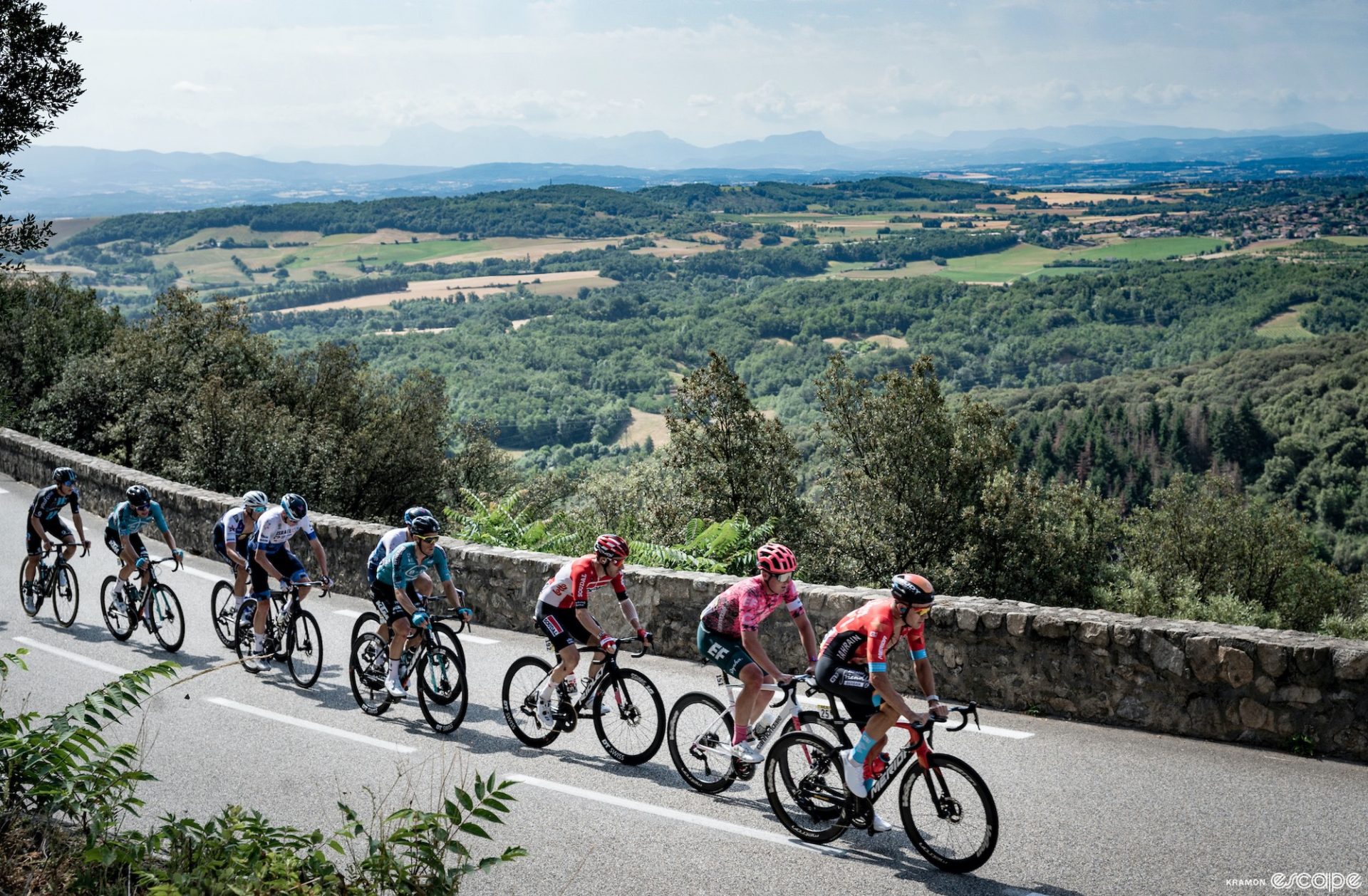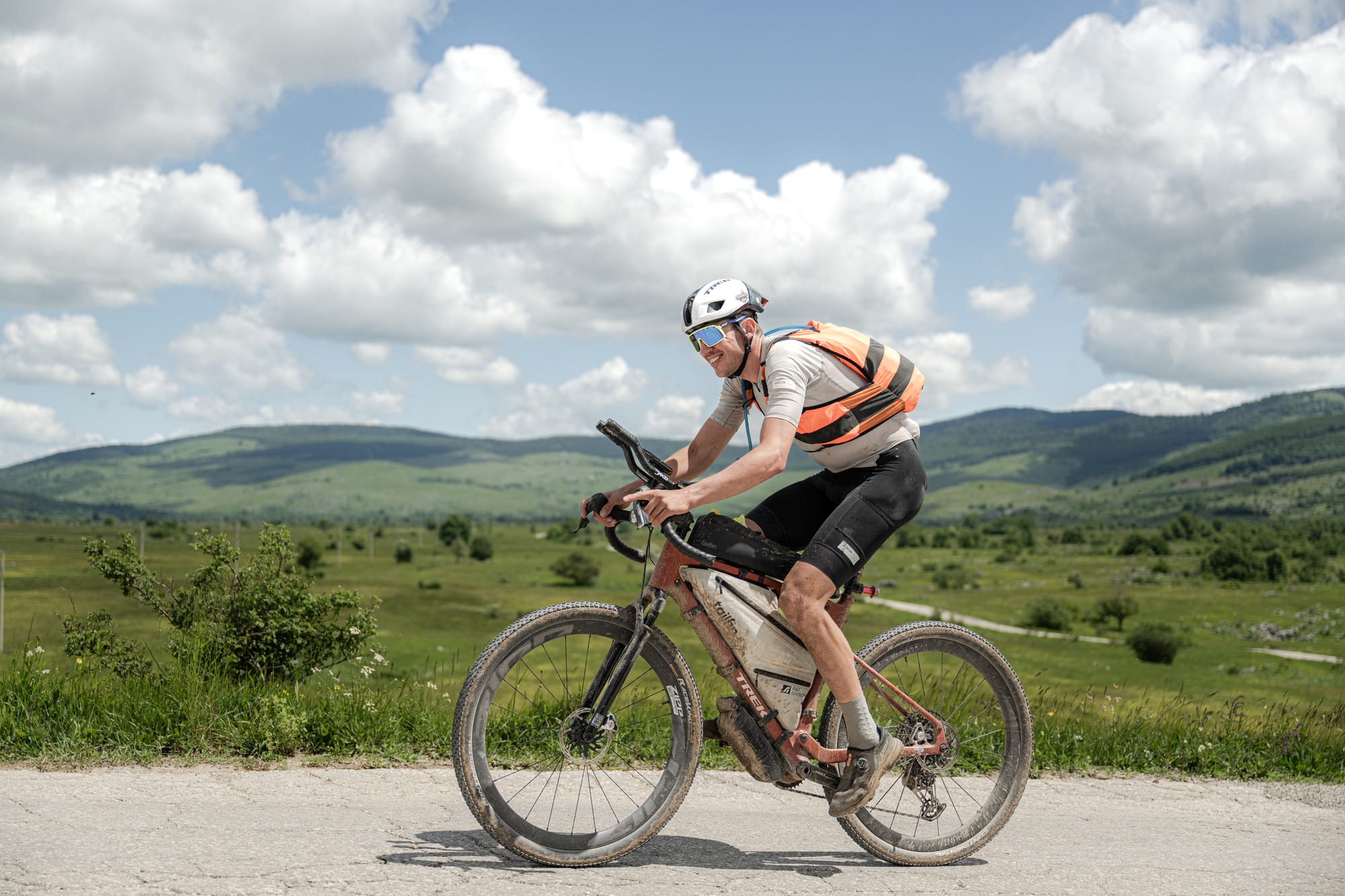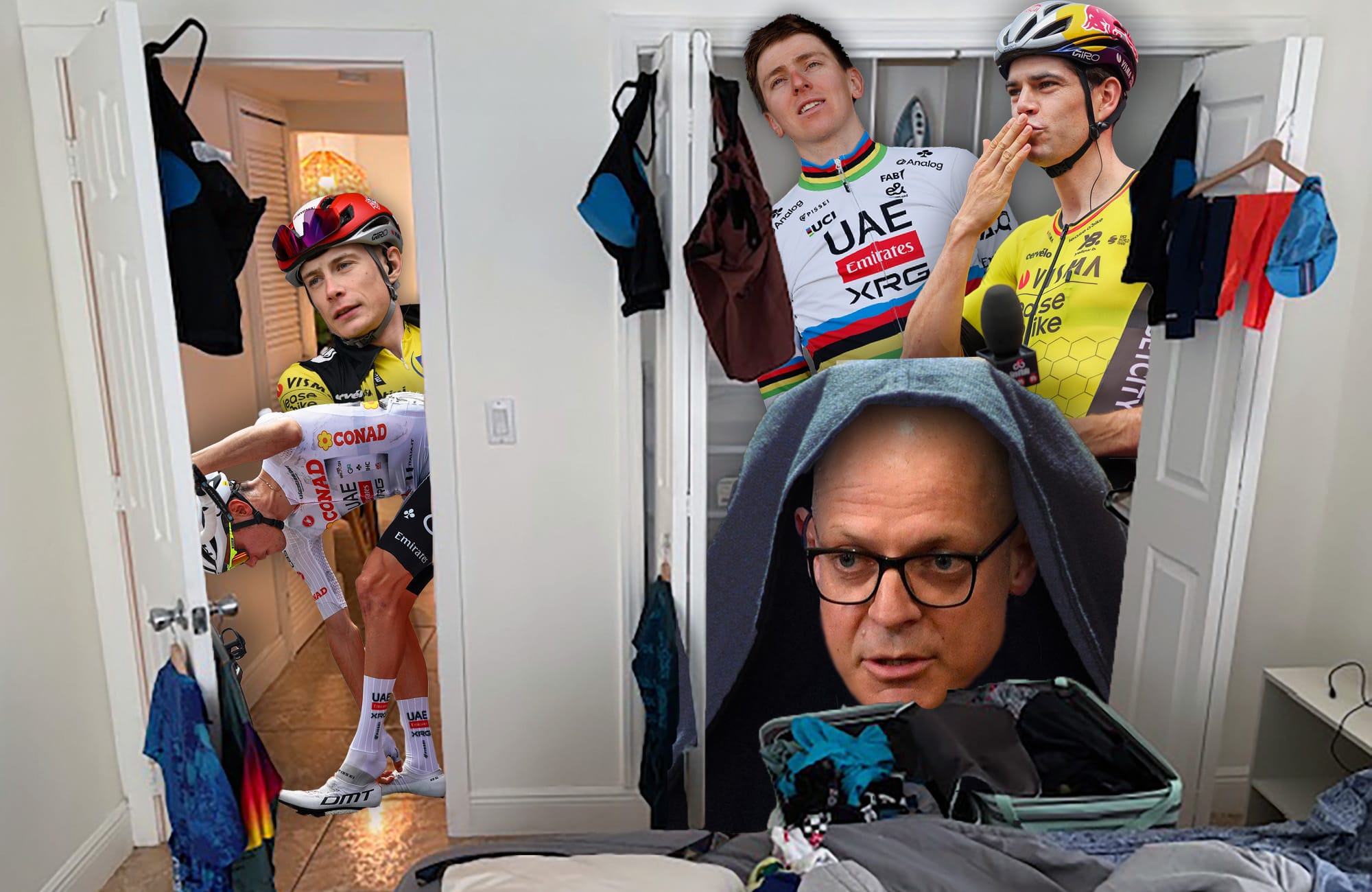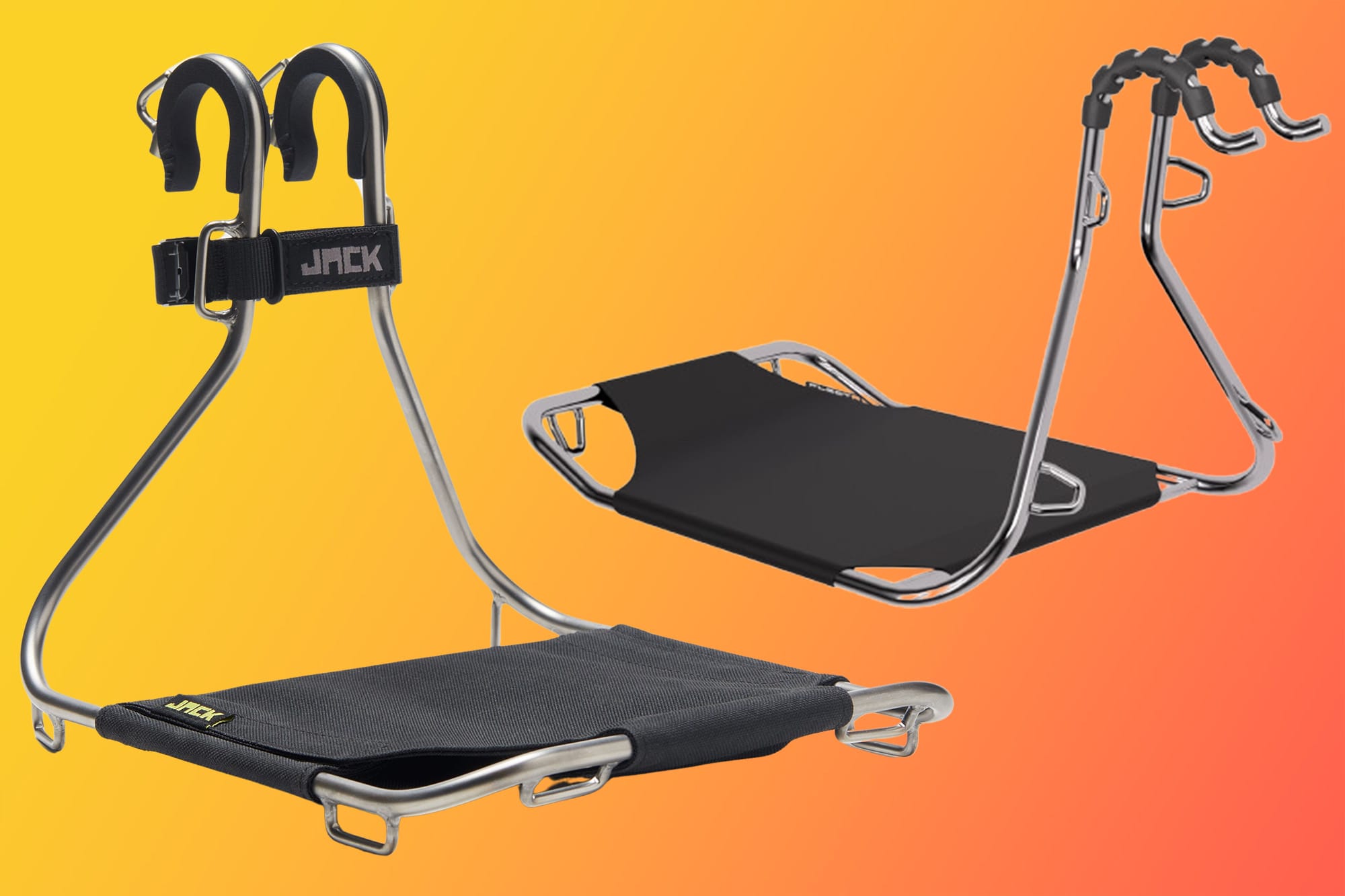With the Giro d'Italia in our proverbial mirror, it's time for one of the biggest one-week races on the calendar: the Critérium du Dauphiné. The premier "tune-up" event for the Tour de France, the race will see reigning Tour winner Jonas Vingegaard starting as the favorite to succeed his Jumbo-Visma teammate Primož Roglič as the new Dauphiné champ, while some other big GC names and plenty of stagehunting talents are also set to attend.
Here's what you need to know – along with a handful of things you probably didn't realize you needed to know – ahead of the 2023 Critérium du Dauphiné, which starts on Sunday, June 4.
The route: Hills, a TT, more hills, and high mountains
This year's Critérium du Dauphiné is a celebration of climbs of different types, with an individual time trial thrown in. The pure flatlanders won't find much to their liking here, but those who can handle some ascending will see one opportunity after another in the roadbook.
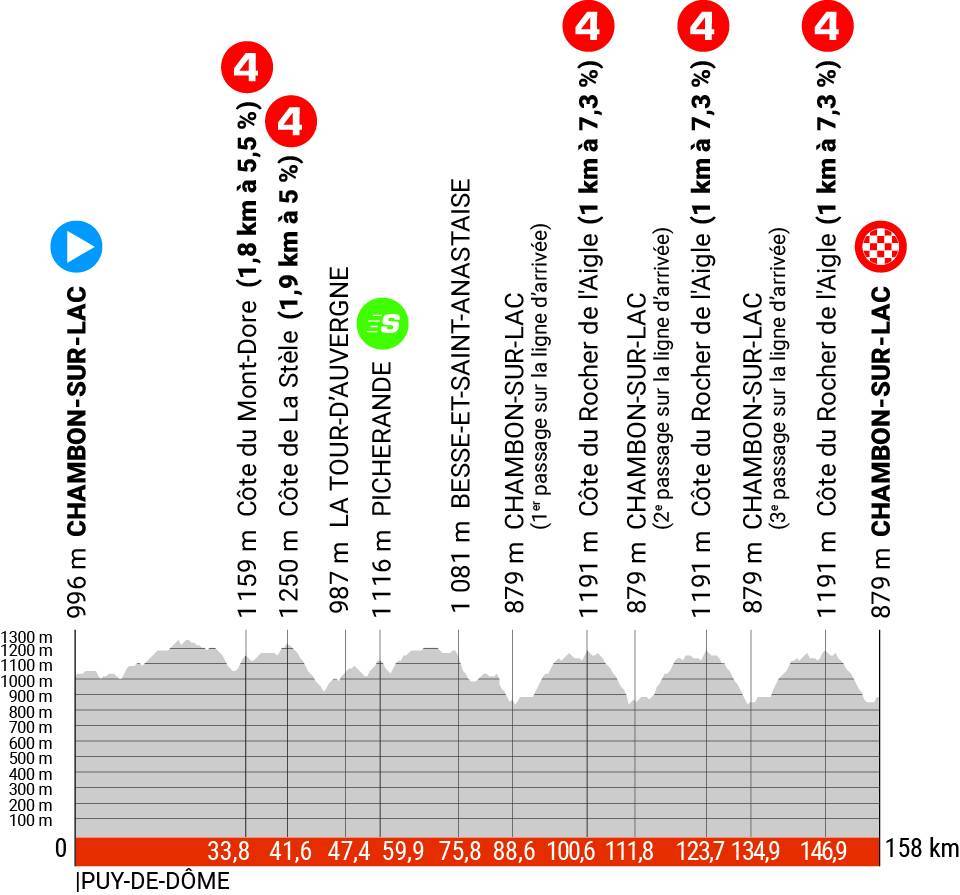
The race gets underway in idyllic Chambon-sur-Lac with a punchy opening stage that will make three trips up and over a short Category 4 climb, the Cote du Rocher de l'Aigle. It's the first of three straight days that will have the attention of the more versatile stagehunters: stage 2 features a late Cat. 4 and then an uphill drag to the line, while stage 3 features a much longer but less steep Cat. 4, a descent, and then a flat finish. GC action is possible, especially on the opening stage, but not especially likely.
The overall battle will heat up on stage 4, the 31.1 km individual time trial.
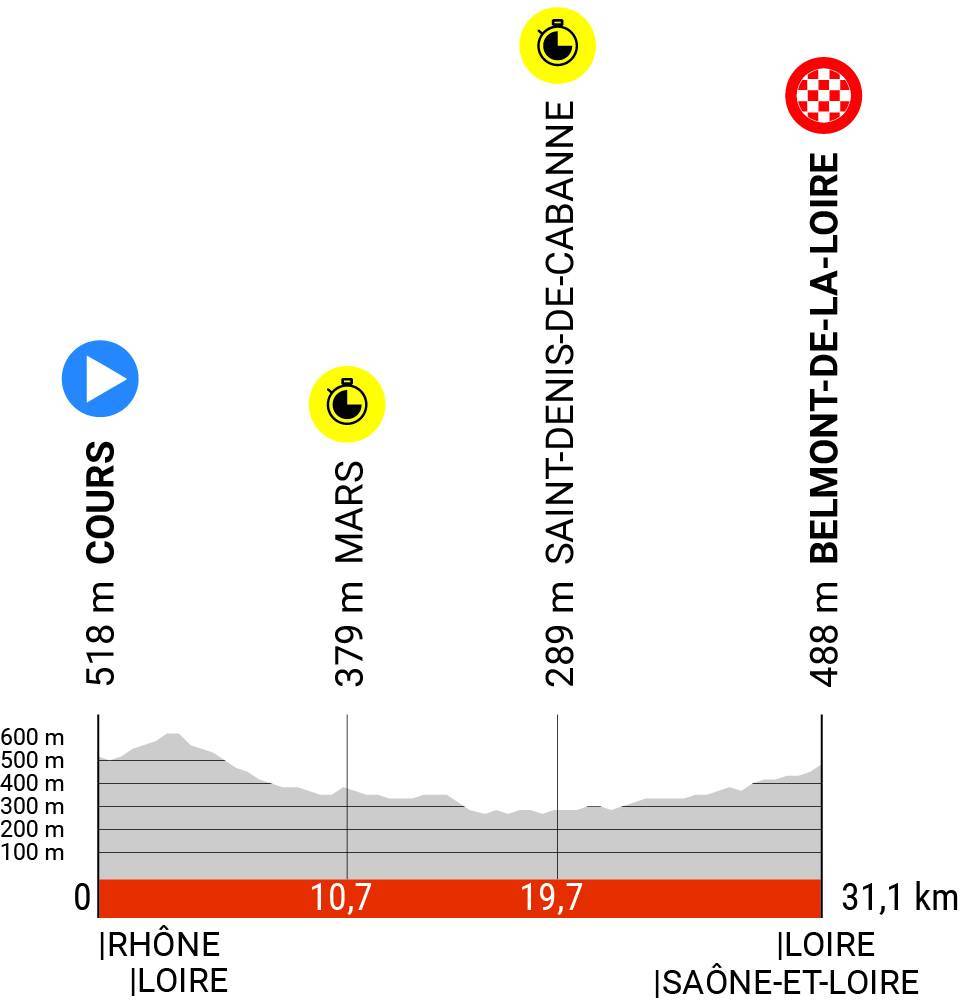
In a one-week race, a TT over 30 km has the potential to be decisive. This one features an early climb and then an uncategorized uphill final stretch, but it should still favor those with big engines. Whoever comes out of the TT in the GC lead will be in a great position to carry the race.
Stage 5 will suit punchy climbers with a short but very steep Cat. 2 climb late in the stage. Enterprising GC hopefuls could give things a go there. More challenges await on stage 6, where the Col des Aravis will put some fatigue into the legs before the stage ends with a double feature of very short climbs.
After all that punchy terrain, things become truly mountainous on stage 7, where riders will take pon the mighty Col de la Madeleine (25.1 km at 6.2%) and Col du Mollard (18.5 km at 5.8%) before finishing on the Col de la Croix de Fer (13.1 km at 6.2%).
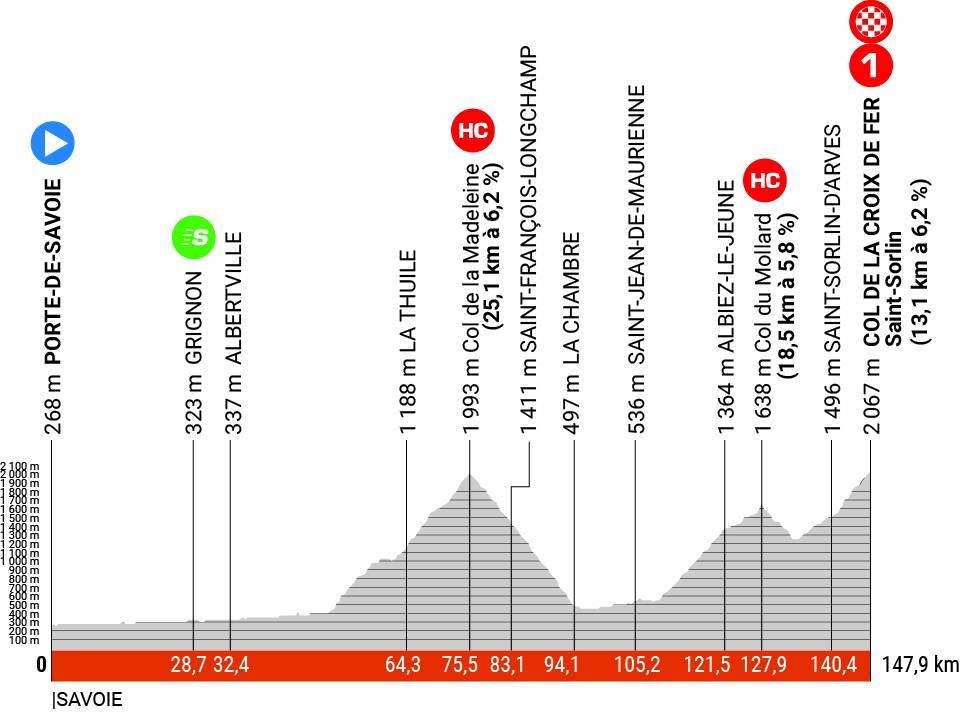
Finishing at over 2,000 meters, this stage could decide the race. That said, the eighth and final stage is also a grueling one with quite a bit of accumulated climbing. The second half features an hors categorie climb, a Cat. 2, a Cat. 1, and then a short (1.8 km) but brutally steep (13.7%) Cat. 1 finishing climb where the race will come to an end on June 11.
The favorites: Vingegaard and ...?
It's rare that a WorldTour stage race has such a clear and obvious odds-on favorite, but with Tadej Pogačar still recovering from his crash and for a variety of other reasons, Jonas Vingegaard is without a doubt the rider to watch in the general classification battle. As such, it's worth dissecting his chances.
At peak form, Vingegaard is one of the world's best climbers and a very strong time trialist. His early season racing results were strong, particularly at the Itzulia Basque Country, a performance he will hope to repeat in southeastern France. If he's in form, there's really no reason that he shouldn't do just that. With all due respect to the competition, he should be the best GC rider here by a significant margin, assuming he is close to his best. Last year, he came into the race in flying form, riding to second only behind his teammate Roglič (who isn't racing the Dauphiné this year) and taking a stage win too.

That said, Vingegaard hasn't raced since early April and it's unclear just how in shape he is with the Tour still almost a month away. Should he be a bit undercooked still, Vingegaard will likely find Adam Yates (UAE Team Emirates), David Gaudu (Groupama-FDJ), Richard Carapaz (EF Education-EasyPost), Daniel Martínez (Ineos Grenadiers), Ben O'Connor (AG2R Citroën), Jai Hindley (Bora-Hansgrohe), and the Movistar duo of Enric Mas and Matteo Jorgensen among his chief competitors. Yates, in particular, has looked very good so far this year, and he has a bit of explosiveness that could come in handy on the punchy stuff.
Egan Bernal (Ineos Grenadiers) will be a wildcard worth watching. A serious GC challenge would be a surprise but for the first time since his big crash, he rode to a WorldTour top 10 in Romandie, and despite crashing at the Tour de Hongrie, he finished eighth there is as well.
The start list also includes stagehunting firepower in the form of fast finishers Sam Bennett (Bora-Hansgrohe), Christophe Laporte (Jumbo-Visma), and Dylan Groenewegen (Jayco-AlUla), who may find their chances limited by the route, as well as punchy types like Ethan Hayter (Ineos Grenadiers) and Julian Alaphilippe (Soudal-QuickStep), the latter of whom hasn't raced since Liège-Bastogne-Liège in late April.
The Escape Collective star ratings
⭐⭐⭐⭐⭐: Jonas Vingegaard
⭐⭐⭐⭐: Adam Yates
⭐⭐⭐: David Gaudu, Richard Carapaz, Daniel Martínez
⭐⭐: Jai Hindley, Ben O'Connor, Matteo Jorgensen, Enric Mas
⭐: Esteban Chaves, Egan Bernal, Julian Alaphilippe, Mikel Landa
The Conversation
Dane Cash: This bike race has a very clear favorite, and I think the question is more about whether he is coming into his race at his best than anything else. Do you think the reigning Tour de France champ should be coming in at his best?
Abby Mickey: Well, it's, what, one month until the Tour de France? I think if Vingegaard is hoping to win another Tour, then he would not want to come in too hot to the Dauphiné, but he did say that he's feeling a lot less pressure this time around. I don't know what that means in terms of his current form, if he's maybe trying to undersell it a little bit.
He hasn't raced in a really long time, so whatever his form is, you and I – sitting at home – we obviously don't know where he's at.
DC: … Which makes it kind of hard to predict because it makes it kind of a surprise that he's such a heavy favorite with the bookies. If he is coming in undercooked, who do you like to challenge him for the GC title? You're picking David Gaudu to win, so there's him of course. Who else?
AM: I think if you've, if you've won the biggest race in the world, no matter what races you line up for the year afterwards, you're always going to be a favorite. In any case, Jai Hindley for Bora-Hansgrohe I think is a really interesting prospect for this race. He obviously won the Giro last year. He's got bigger fish to fry for 2023 with his eye on the Tour and I think this will be a really good test for him to see how he stacks up against a rider like Vingegaard.
There's also Ben O'Connor who was a really interesting rider in 2022, and I think he just continues to develop his skills and become a little bit more consistent. I'm curious if he can prove consistency over the eight stages of the Dauphiné, especially the time trial, which is pretty long.
DC: Yeah, there are a surprising number of English-speaking potential contenders. You just named two, and Adam Yates is another big one. I think he looks like the best contender to Vingegaard here. And then I'm really curious to see what Matteo Jorgenson can do.
AM: I was like, when is Dane going to mention an American?
DC: Yeah. The answer is now, that's when I mention him.
AM: I think you're right. Matteo Jorgensen was impressive in the earlier part of the season and he's had a bit of time off now to kind of readjust his goals for the rest of the year, and I think this is going to be a really important race for him to see how he does over the eight stages and also a where his legs are at after the spring and a bit of time away from the peloton.
DC: I'd like to see Movistar doing Movistar things because they also have Enric Mas. I'd like to see them use both of those riders and do the sorts of things we saw Movistar trying to do like five years ago, which didn't often work, but they were at least fun to watch. That would make this an entertaining race.
AM: Personally don't think their GC ambitions stack up against the likes of like Hindley and O'Connor, and I think EF has more general classification opportunities than Movistar would with both Esteban Chavez and Richard Carapaz.
DC: I see Carapaz being under a little bit of pressure here to do something because it's his first season with EF and the Tour is approaching … We'll see what happens.
Our picks
Dane Cash: Jonas Vingegaard
Abby Mickey: David Gaudu
Kit Nicholson: Jonas Vingegaard
Jonny Long: David Gaudu
Extra Credit
If you've ever wondered why the region that hosts this race is called the Dauphiné, you're in luck, because I'm here to tell you. It's an interesting story that dates back about 900 years, to a fellow named Guigues IV, who was the count of a region in southeastern France then called Albon in the 12th century.
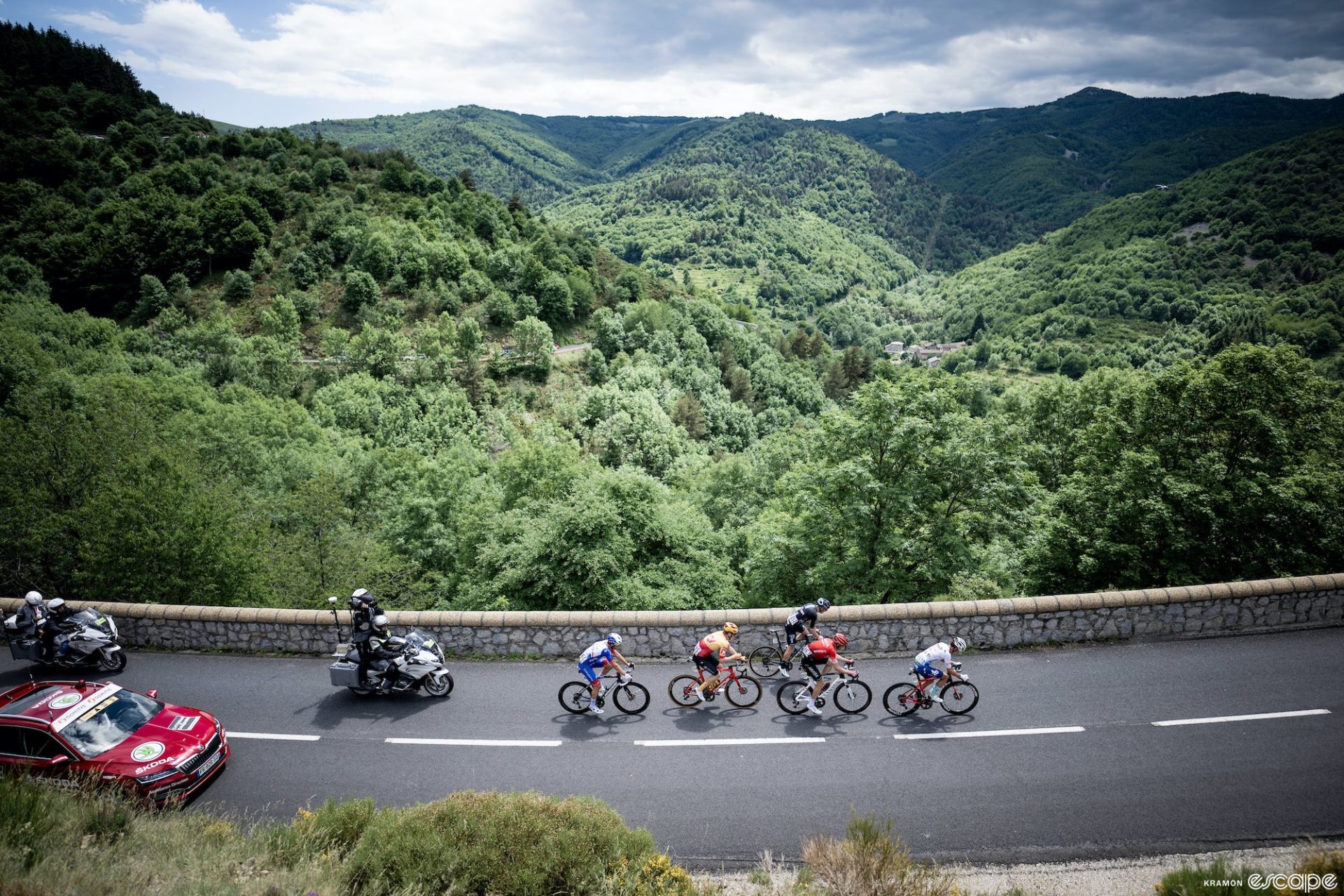
For reasons that remain debated today, Count Guigues used a dolphin on his coat of arms, and was thus known as the Dolphin, or in French, le Dauphin. Derived from that title, the lands ruled by his heirs came to be known as the Dauphiné. Eventually, those lands came to be part of the royal patrimony of the French crown, granted to the heir apparent and ruled separately from the Kingdom of France, technically as part of the Holy Roman Empire for much of its existence. For centuries, the French prince in line for the throne was known as le Dauphin.
The region maintained its nickname as the Middle Ages evolved into the early modern period and then into the emergence of the modern French state, and in 1947, the local newspaper – Le Dauphiné libéré – did what so many other print publications had done over the past century and decided to start a bike race.
Nowadays, the feudal territory of long ago is split between two French administrative regions, Auvergne-Rhône-Alpes and Provence-Alpes-Côte d'Azur, though the Dauphiné retains a distinctive character and, of course, a bike race.
To close out with some culinary flair, we'll point out that said distinctive regional character includes some excellent ways of making potatoes: Pommes dauphine and gratin dauphinois.
The former is sort of like a potato croquette, deep fried with choux pastry, the same dough used to make éclairs. Yum! Then there's gratin dauphinois, which is what we Americans would call potatoes au gratin. Gratin dauphinois is made with raw potatoes baked in milk or cream for a deliciously creamy potato meal. Bon appetit!
Did we do a good job with this story?

